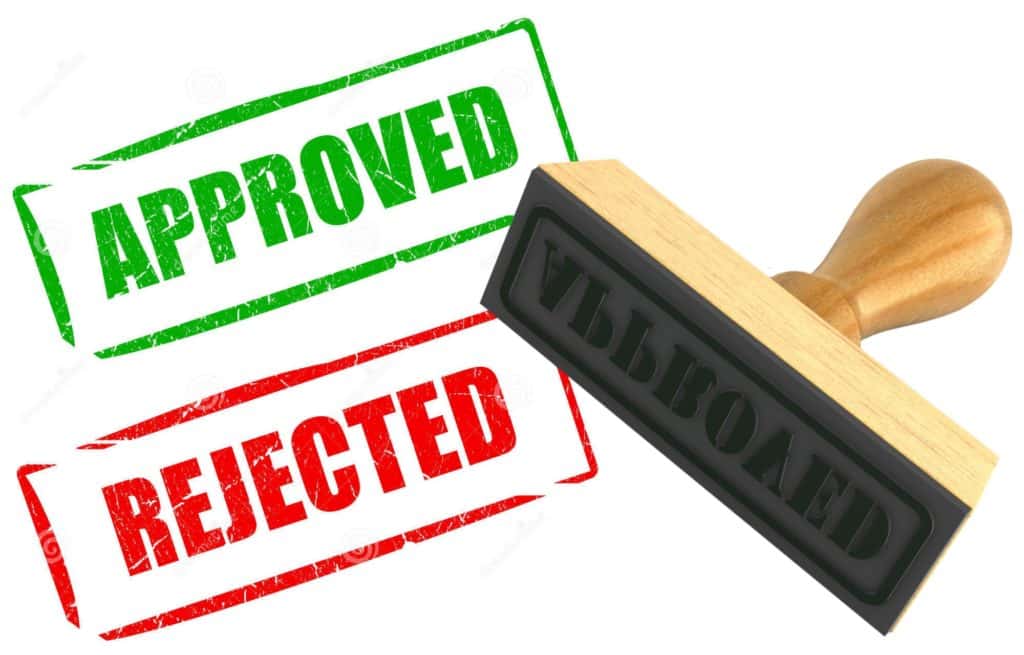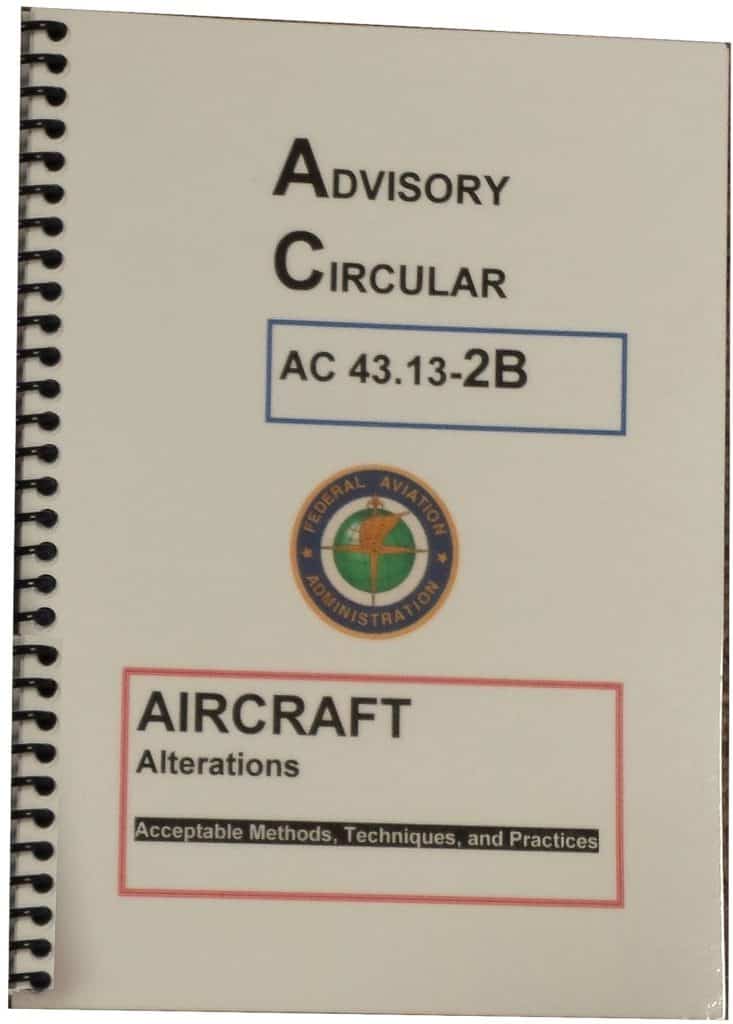Clearing up confusion about aircraft mods.
You want to modify your certificated aircraft. Let’s say it’s something simple like adding an extra cigarette lighter socket to power your portable GPS or cellphone charger. Or installing an external mirror so you can verify your landing gear is down. Or tweaking your engine cooling baffles to get more cooling air to the #5 cylinder. Or replacing your original 100-watt incandescent landing light lamp (that’s always burning out) with a modern LED lamp that draws less current, puts out more light, and has a 10,000-hour useful life.

No big deal, right? Well, apparently that depends on whom you ask.
One aircraft owner told me that when he asked his avionics shop to install an extra cigarette lighter socket, he was told that doing so would require preparing an FAA Form 337 and obtaining a Field Approval from the local FSDO; he was warned that this might be difficult and costly. The owner later made the same request of his A&P mechanic, who said “no problem” and installed the socket and signed it off with a simple logbook entry. Who was right, the avionics shop or the A&P?
Another owner reported that he had his A&P install a gear mirror on his aircraft, and then several years later during an annual inspection at another airport, the IA told the owner that there was no Form 337 for the mirror and that it would have to be removed before the IA could sign off the inspection as airworthy. Who was right, the installing A&P or the inspecting IA?
Obviously there’s a lot of confusion about such modifications. And it’s not just aircraft owners who are confused. Many mechanics are, too. In fact, it was an inquiry from a fellow A&P/IA that prompted me to write this column.
Let’s see if we can clear some of the fog. It’s really not that complicated.
Alterations: major vs. minor
Any time your aircraft is modified from the way it was when it first rolled off the assembly line, you’ve made what is referred to in the FARs as an “alteration” to the aircraft’s type design. The regs recognize two kinds of alterations: major and minor. The rules governing major and minor alterations are quite different, as we shall see.
FAR 1.1 (“Definitions”) defines major and minor alterations this way:
Major alteration means an alteration not listed in the aircraft, engine, or propeller specifications—
(1) That might appreciably affect weight, balance, structural strength, performance, powerplant operation, flight characteristics, or other qualities affecting airworthiness; or
(2) That is not done according to accepted practices or cannot be done by elementary operations.
Minor alteration means an alteration other than a major alteration.
These general definitions leave quite a bit to the imagination, so the FAA provides additional regulations (notably FAR 21.93 and FAR Part 43 Appendix A) and non-regulatory advisory circulars to help mechanics decide whether a particular alteration is major or minor. We’ll look at those in a moment. But just these FAR 1.1 definitions are often sufficient.
For example, consider the installation of a second cigarette lighter socket. Such an alteration almost certainly would involve only a negligible change to weight-and-balance, and couldn’t possibly affect structural strength, aircraft performance, powerplant operation, or flight characteristics. So assuming that the installation is done using acceptable methods with respect to wire size, circuit protection, etc., it would clearly be a minor alteration.
The external landing gear mirror installation is a little trickier. It’s sitting out in the breeze, so if it were big and draggy enough to have an appreciable effect on aircraft performance or flight characteristics, it would meet the definition of a major alteration. But if it was small and streamlined (as most gear mirrors are) so that it had no measurable aerodynamic effect, then it would be considered a minor alteration.
Tweaking the cooling baffles to get more cooling air to the #5 cylinder is an alteration that is actually intended to affect powerplant operation (for the better), so by definition it would qualify as a major alteration. Similarly, a making a horsepower increase or installing a STOL kit or vortex generators would be major alterations because they all are intended to appreciably change aircraft performance, flight characteristics, and/or powerplant operation.
That wasn’t so hard, was it?
Who approves alterations?
The reason it’s so important to determine whether a particular alteration is major or minor is that the rules for approving major and minor alterations are completely different. In a nutshell, minor alterations can be approved by any A&P mechanic and documented with just a simple logbook entry. In contrast, major alterations must conform to FAA-approved specifications, must be inspected and approved by a mechanic who holds an Inspection Authorization (IA), and must be documented in an FAA Form 337 submitted to the FAA. In short, minor alterations are basically non-events as far as the FAA is concerned, while major alterations involve a fair bit of FAA-mandated rigmarole.
Specifically, a major alteration must be made in accordance with “approved data” that has been signed off by an FAA employee or designee. (In this context, the word “data” connotes drawings, specifications, methods, techniques, and practices that define exactly how the alteration is to be made.) There are four principal sources of such approved data: (1) a Supplementary type Certificate (STC) obtained by the developer of the alteration and approved by the FAA; (2) an Airworthiness Directive issued by the FAA; (3) a Field Approval obtained by the aircraft and approved by the FAA; and (4) data approved by a Designated Engineering Representative (DER) hired by the aircraft owner.
A major alteration must also be inspected and approved by an IA, whose job it is to verify that the alteration was indeed made in accordance with the approved data. (Note that the IA does not have the authority to approve the data—such approval must come from an FAA employee or designee.)
Finally, a major alteration must be documented on an FAA Form 337 signed off by the mechanic who performed the alteration and by the IA who inspected and approved it. (The two are often the same person.) The Form 337 must incorporate or identify the approved data used to make the alteration. If that approved data is not an STC or AD, then the Form 337 must also be signed by the FAA Inspector or DER who approved the data. Once all the necessary signatures have been obtained, the Form 337 must be sent within 48 hours to the FAA Aircraft Records Branch in Oklahoma City, where it becomes a part of the aircraft’s permanent file.
A minor alteration requires none of this approval rigmarole. It doesn’t required approved data, and can be done in accordance with “acceptable data” obtained from manufacturer’s manuals, FAA advisory circulars, and other industry-accepted methods, techniques and practices. It does not require inspection or approval by an IA. And it does not require documentation via FAA Form 337—a simple logbook entry signed by the installing A&P is all that’s necessary. In short, a mechanic may make a minor alteration “on his own recognizance” without having to seek FAA approval or even notify the FAA about the alteration.
Who decides?
Responsibility for determining whether an alteration is major or minor lies with the installing mechanic. It’s the mechanic’s job to evaluate the alteration—using the FARs, advisory circulars, and other applicable FAA guidance—and determine whether or not the alteration is a major one. If the mechanic determines that the alteration is minor, he can perform the alteration using methods, techniques and practices he considers to be acceptable, and then sign off the work with a simple logbook entry.
However, if the mechanic determines that the alteration is major (i.e., “above his pay grade” to approve), then he must perform the alteration in strict accordance with approved data such as an STC or AD, get it inspected by an IA, and complete and submit an FAA Form 337. If he doesn’t have an STC or AD to use, then he will have to obtain approval of the data he uses by asking the FSDO for a Field Approval or hiring a DER.
FAA guidance
In addition to the basic definitions of major and minor alterations in FAR 1.1, the FAA provides considerable additional guidance to help mechanics decide whether a particular alteration is major or minor. Among the most useful is FAR Part 43 Appendix A, which offers a laundry list of types of alterations that the FAA classifies as major. For example, here’s what Appendix A lists under the heading “airframe major alterations”:
- Wings.
- Tail surfaces.
- Fuselage.
- Engine mounts.
- Control system.
- Landing gear.
- Hull or floats.
- Elements of an airframe including spars, ribs, fittings, shock absorbers, bracing, cowling, fairings, and balance weights.
- Hydraulic and electrical actuating system of components.
- Rotor blades.
- Changes to the empty weight or empty balance which result in an increase of the maximum certificated weight or center of gravity limits of the aircraft.
- Changes to the basic design of the fuel, oil, cooling, heating, cabin pressurization, electrical, hydraulic, de-icing, or exhaust systems.
So, for example, for our proverbial second cigarette lighter outlet to constitute a major alteration, it would have to be a “change to the basic design of the electrical system.” To my way of thinking, alterations like installing an alternator in place of a generator or converting a single-bus electrical system to a split-bus system would constitute changes to the basic design of the electrical system, but simply adding another electrical load (e.g., another cigarette lighter socket) protected by another circuit breaker would not.

Part 43 Appendix A includes similar lists for powerplant, propeller, and appliance major alterations.
FAA Advisory Circular AC 43.13-2B titled “Acceptable Methods, Techniques, and Practices—Aircraft Alterations” is the 144-page “bible” for mechanics with respect to alterations. For avionics installations, AC 20-138D is a 256-page document that provides guidance for airworthiness approval of GPS and other positioning and navigation systems. (This AC makes it clear that the FAA considers installations of VFR-only GPS systems to be minor alteration, while installations of systems approved for IFR must be evaluated by the installer on a case-by-case basis.) AC 20-165A provides guidance for installation of ADS-B systems, and AC 20-167 addresses enhanced/synthetic vision systems.
An extremely useful document is FAA Order 8300.16 titled “Major Repair and Data Approval” which provides guidance to FSDO Aviation Safety Inspectors and DERs about the data approval process for major alterations, including Field Approvals. This Order makes reference to another very useful document titled “AFS-300 Job Aid: Major Repair and Alteration Data Approval” which specifically defines which kinds of alterations can receive Field Approvals and which cannot.
All of these documents are available online. The easiest way to find them is to Google their numbers and/or titles.
Bottom line
The vast majority of modifications can and should be treated as minor alterations and documented in a simple logbook entry. An alteration should be treated as minor unless it clearly qualifies as major under the FAR 1.1 definition or appears in the Part 43 Appendix A list.
Major alterations are no big deal if approved data for them already exists in the form of an STC or AD. Otherwise, consult Order 8300.16 and the AFS-300 Job Aid to determine whether the major alteration is eligible for a Field Approval.
You bought a plane to fly it, not stress over maintenance.
At Savvy Aviation, we believe you shouldn’t have to navigate the complexities of aircraft maintenance alone. And you definitely shouldn’t be surprised when your shop’s invoice arrives.
Savvy Aviation isn’t a maintenance shop – we empower you with the knowledge and expert consultation you need to be in control of your own maintenance events – so your shop takes directives (not gives them). Whatever your maintenance needs, Savvy has a perfect plan for you: